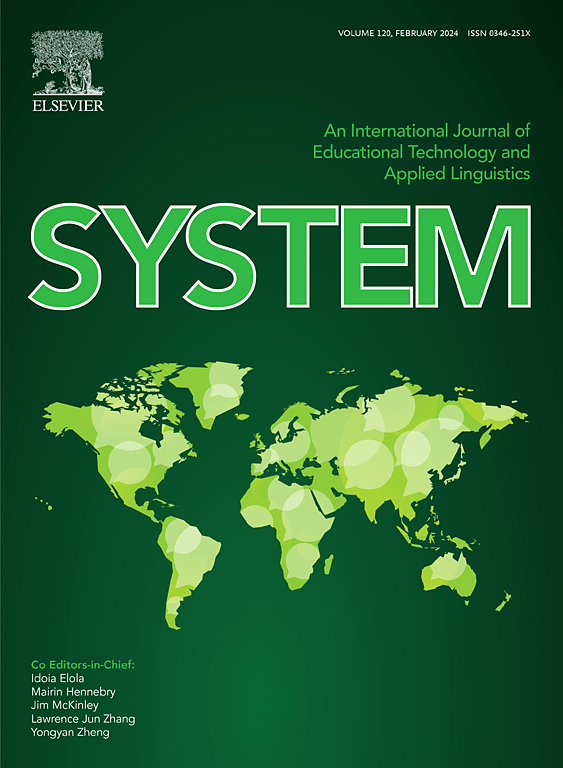全基因组分析揭示了鸡产蛋效率背后复杂的遗传机制
IF 6.5
1区 农林科学
Q1 Agricultural and Biological Sciences
引用次数: 0
摘要
与许多其他脊椎动物相比,鸡在产蛋方面具有很高的繁殖效率。评价产蛋性能的经典性状包括初蛋龄、蛋数、窝数、产蛋率等。这些产蛋性状不是专门用来表征产蛋效率和稳定性的。通过考虑产蛋量曲线的阶段性变化,本研究旨在探讨在产蛋量周期的各个阶段直接影响产蛋量效率的遗传机制。利用全基因组测序数据,对固始鸡产蛋效率和稳定性的39个性状进行了全基因组关联研究。我们发现基于单倍型的方法对于基因定位和捕获多基因结构更有效。通过结合单子密度评分(SDS)信号和关联分析,发现与产蛋效率相关的多个产蛋性状经历了多基因选择。SDS是一种利用单子分布来检测近期选择的群体遗传统计数据。与此一致,相关基因的功能分析表明,产蛋效率受益于多种生理功能。此外,我们的研究结果发现,CNNM2基因在产蛋变异中发挥双重作用,在前期促进变异,在持续阶段降低变异,以优化产蛋效率。总的来说,我们的多基因组分析揭示了一个复杂的遗传机制,其基础是更高效和稳定的鸡蛋生产,并建立了鸡遗传学作为研究跨物种生殖效率的模型。本文章由计算机程序翻译,如有差异,请以英文原文为准。
Genome-wide analyses reveal intricate genetic mechanisms underlying egg production efficiency in chickens
Compared to many other vertebrates, chickens have a high reproductive efficiency in terms of egg production. The classic traits for evaluating egg-laying performance include age at first egg, egg number, clutch size, laying rate, etc. These egg-laying traits were not specifically designed to characterize egg production efficiency and stability. By considering the stage-specific variations in the egg production curve, this study aims to investigate the genetic mechanisms that directly influence the efficiency of egg production at each stage of the laying cycle. Using whole-genome sequencing data, we perform comprehensive genome-wide association study for 39 traits that focus on egg production efficiency and stability in the Gushi chicken. We showed that the haplotype-based approach is more effective for genetic mapping and capturing polygenic architecture. By combining the signals of Singleton Density Score (SDS), which is a population-genetic statistic designed to detect recent selection by leveraging the distribution of singletons, and association analyses, multiple egg-laying traits related to egg production efficiency were found to have experienced polygenic selection. Consistently, functional analysis of associated genes demonstrates that egg production efficiency benefits from multiple physiological functions. Furthermore, our results identified the CNNM2 gene, known for its role in magnesium homeostasis, plays a dual role in egg production variance, promoting variability during the up-stage while reducing it during the sustained-stage to optimize egg production efficiency. Collectively, our multiple genome analyses reveal a complex genetic mechanism underlying more efficient and stable egg production, and establish chicken genetics as a model for studying reproductive efficiency across species.
求助全文
通过发布文献求助,成功后即可免费获取论文全文。
去求助
来源期刊

Journal of Animal Science and Biotechnology
AGRICULTURE, DAIRY & ANIMAL SCIENCE-
CiteScore
9.90
自引率
2.90%
发文量
822
审稿时长
17 weeks
期刊介绍:
Journal of Animal Science and Biotechnology is an open access, peer-reviewed journal that encompasses all aspects of animal science and biotechnology. That includes domestic animal production, animal genetics and breeding, animal reproduction and physiology, animal nutrition and biochemistry, feed processing technology and bioevaluation, animal biotechnology, and meat science.
 求助内容:
求助内容: 应助结果提醒方式:
应助结果提醒方式:


